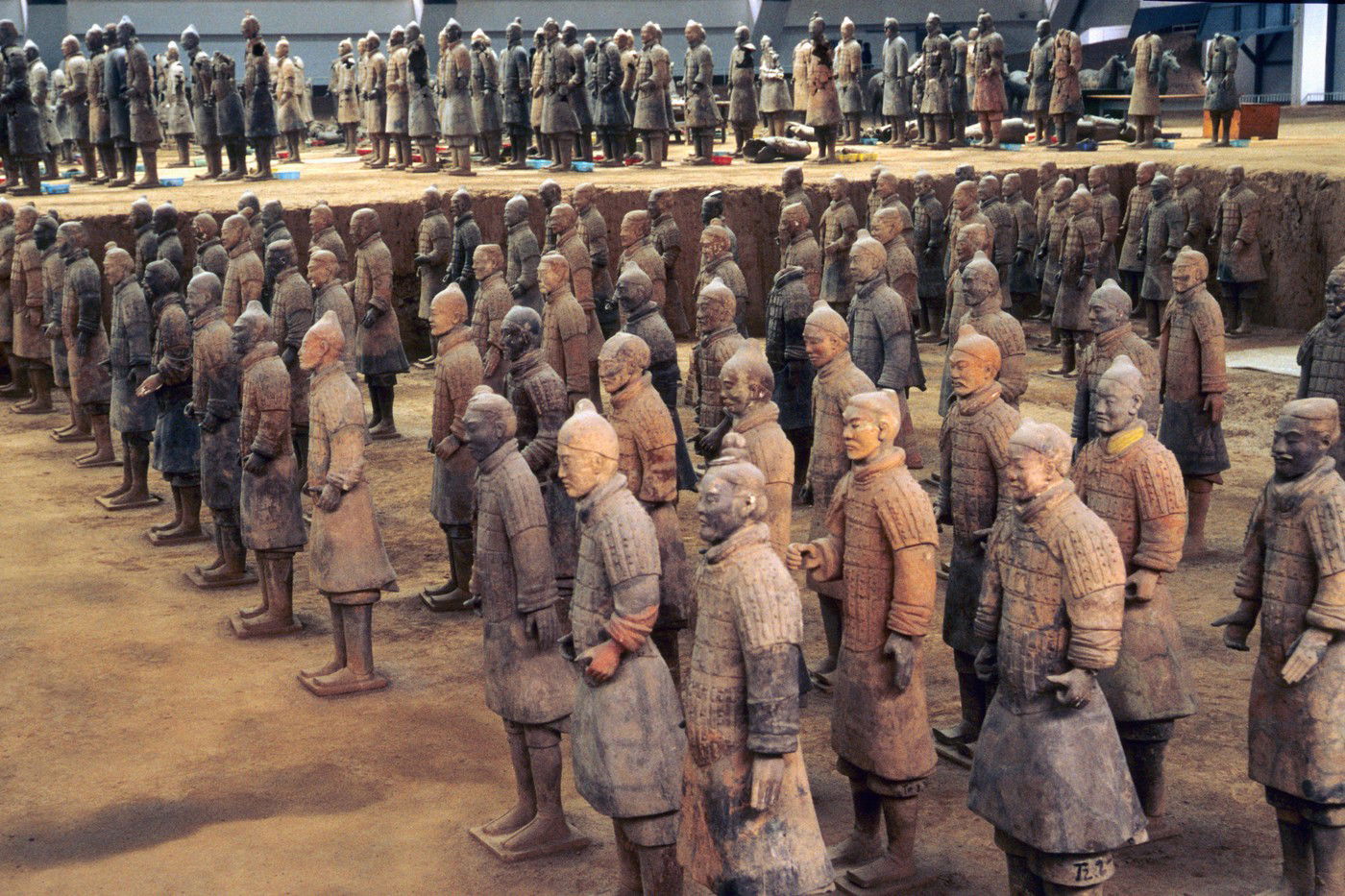We recently wrote about the fact that impacts may have contributed to the formation of the continents, and now in new research, experts have gone one step further: The rotation of the Solar System within our galaxy could have caused regular impacts, and the effects of this could also be detected.
The outer part of the solar system, approx. Its region at a distance of 0.03-0.8 light-years is the Oort cloud, in which millions of inert cometary nuclei orbit, but due to its great distance from the Sun, this group is especially sensitive to external gravitational perturbations. The latter is represented by other stars passing close to us, causing in such a case a gravitational disturbance enough to cause some objects in the Oort cloud to deviate from their previous orbits and head towards the interior of the Solar System.
The relationship between the Kuiper belt, which is much closer, but very far, extraplanetary, and the Oort cloud.
Source: ESA
The Curtin University Led by the research group (some of whose members also participated in the aforementioned research on the formation of the continent that was published a few weeks ago) came to the conclusion that the influences that contributed to the birth of the Earth’s crust repeat every 170-200 million years, and that 200 million years are repeated in the formation of the crust also. The results of their research were presented by geology Published in a magazine.
“The solar system orbits the Milky Way, passing through its spiral arms every 200 million years,” said Professor Chris Kirkland, who led the research. “Based on the isotopic composition and age of minerals from both the Pilbara cluster and Greenland, we found correlations with the periods when the Solar System traveled through the star-rich parts of our galaxy.”
When the solar system passes through these star-filled regions, due to the gravitational disturbances of the stars, many comets were launched towards the Earth and our planet was subjected to many impacts. Impacts led to the formation of many molten rocks on the surface of our planet, and this was the germ of the continents.
The research cast doubt on the previous theory that the formation of the Earth’s crust is solely the result of the Earth’s internal processes. “We found an interesting relationship between geological processes on Earth and the journey of the solar system in our galaxy,” the professor added. “The ability to link the composition of land masses, the continents that provide our living space and most of our mineral resources, with the solar system’s journey through the Milky Way sheds entirely new light on the history of our planet and its place in the universe.”
The impact of comets coming from the Oort cloud is an event that has two times more energy than the impact of a celestial body near the Earth of similar size, and therefore the influence of comets on terrestrial geological processes is more significant.












































